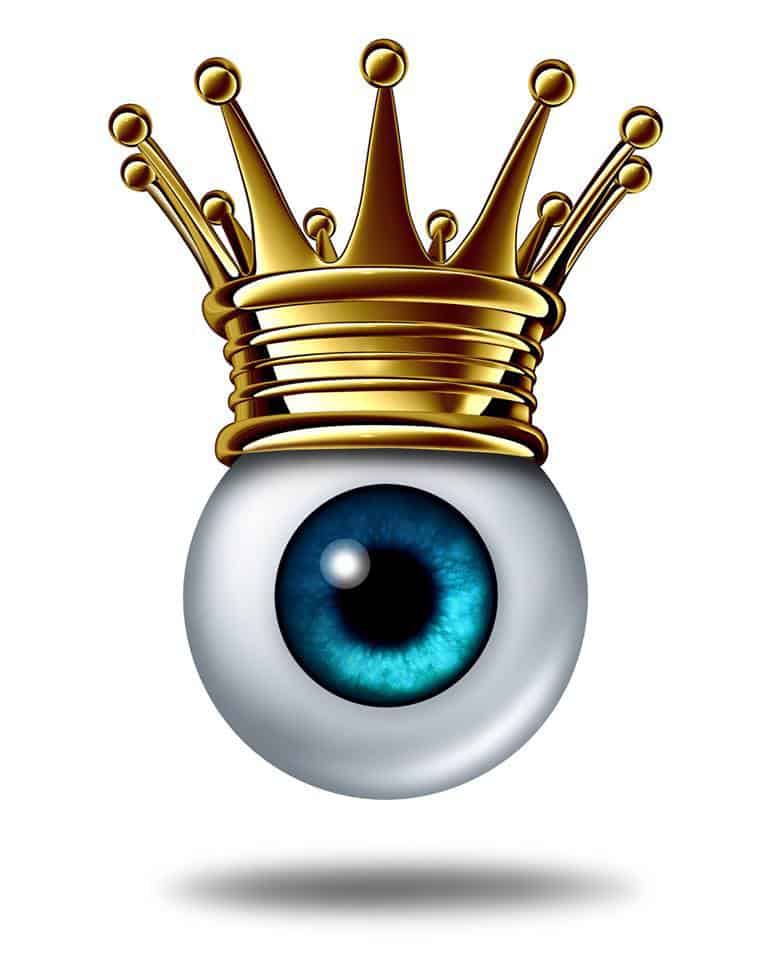Dear Doctor
Lately I have been having headaches coupled with an inability to see clearly to read. My wife says it is due to aging. I turned 39 last month. How true is that?
Worried
Dear Worried
You have good reason to be concerned. You may be describing a condition called Presbyopia. Of course, you should have a comprehensive examination to rule out other conditions. Presbyopia is a condition of the eye where the ability to focus on nearby objects gradually declines over time. It affects everyone at some point in life and usually begins around the age of 40. It can cause simple daily activities such as working on a computer or reading fine print to become increasingly difficult. Headaches often result because the affected eyes are under a lot of strain when an attempt is made to focus on near objects consistently.
Symptoms
It usually starts with the eyes feeling tired after reading or working on the computer. Prescriptions, price tags, books, newspapers and restaurant menus appear blurry and the print looks very small. Often it seems as if the lighting is poor. Many presbyopic patients also notice that their vision seems to improve if they hold the book or newspaper further away from their eyes. Other symptoms of presbyopia are hazy vision and mild but persistent headaches.
Clinically, presbyopia is caused by the gradual stiffening of the natural lenses of the eye. This process occurs gradually as the eye ages. The majority of people notice the first symptoms of presbyopia after they reach their 40th birthday, but some patients require correction much earlier. Some however do not notice any decrease in their near vision until well into their 50’s. Presbyopia cannot be reversed, however it can be successfully managed to help the patient see clearly at all distances.
Modern technology and scientific advancements offer an array of presbyopia corrections. Which correction is best for you depends on your overall visual acuity, the severity of your presbyopia, and your personal treatment preferences. Most often, eyeglasses are recommended for mild presbyopia.
Patients whose eyes are otherwise fine and have the same prescription in both eyes can purchase reading glasses at the drugstore. Those who have other visual errors such as unequal prescriptions in both eyes, high errors and/or astigmatism along with the presbyopia may require bifocal glasses or no line progressive addition lenses that contain zones for focusing at different distances. Another treatment modality for mild presbyopia is bifocal or multifocal contact lenses. As this is a natural process, one should expect a change in glasses or contact lenses roughly every two years.
Surgical options are also possible, such as refractive intraocular lens exchange with implants. In this procedure, the eyes natural lenses are removed and replaced with intraocular lenses. These lenses are the same or similar to the ones used during cataract surgery.
Other forms of correction are conductive keratoplasty and monovision-LASIK. During conductive keratoplasty, radiofrequency waves are used to reshape the cornea. In Monovision-LASIK, to correct one eye for near and one eye for far. The brain trains itself to get used to the disparity and allows the patient to enjoy clear vision at all distances. Monovision contact lenses can also be used.
“Remember to keep an eye on your eyes”
- 10 SIGNS YOU NEED AN EYE EXAM - May 20, 2018
- WORLD GLAUCOMA WEEK - March 11, 2018
- The Importance OfEye Exams - February 5, 2018

Recent Comments